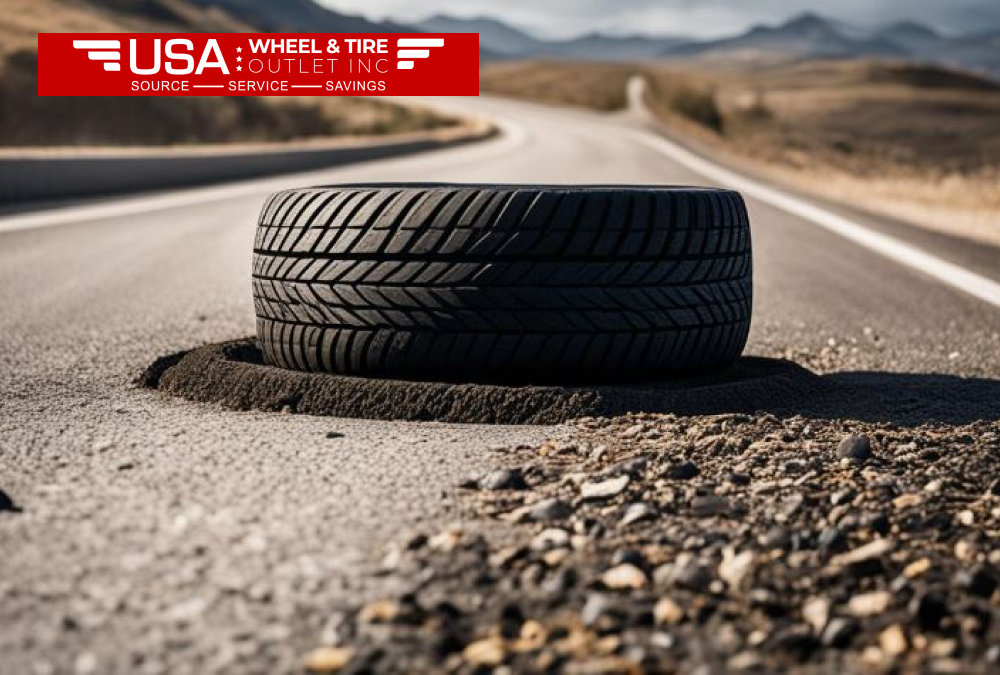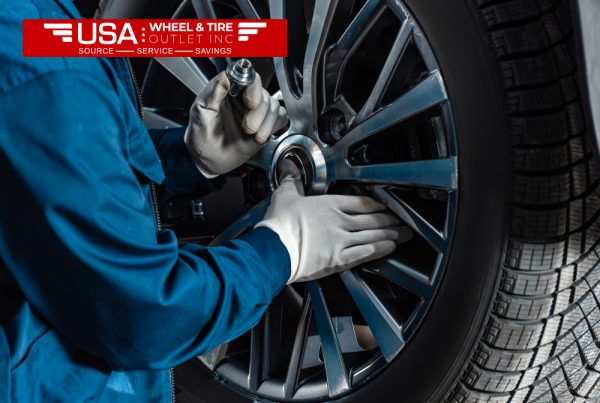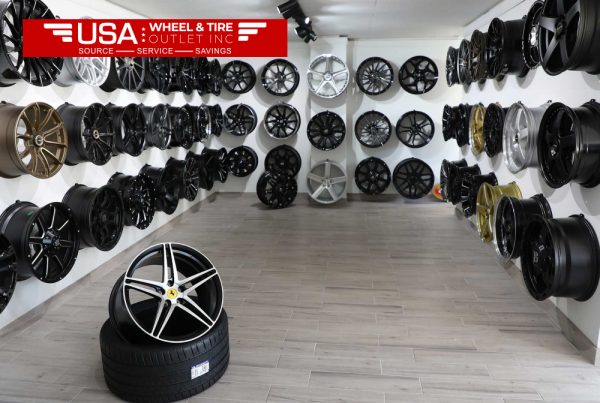Tires are arguably the most critical components of your vehicle, which impacts everything from safety and performance to fuel efficiency. Know more about the lifespan of your tires and how you might extend usability to save you money and make your ride that much smoother and safer. Here, we explore what makes tire lifespan general mileage expectations and real-life tips for making the most of the lifespan of your tires.
Understanding Tire Lifespan
Various things determine a tires life span. Those include the following:
Quality: Quality tires are made of better materials and constructions, which ensure them longer life.
Driving Conditions: Various driving conditions make the life spans shorter for the tires due to the harsh scenario they face. The temperatures, state of roads, or heavy loads can wear a tire much faster.
Driving Habits: Rapid acceleration, hard braking, and sharp turns during driving are aggressive habits that reduce the life span for a tire.
Maintenance: Maintaining tires is very significant because rotating and aligning ensure much longer life spans in tires.
Average Miles Range
The lifespan of tires depends and ranges between 25,000 to 70,000 miles. This, however depends on the above factors. Here is some approximation of what to expect:
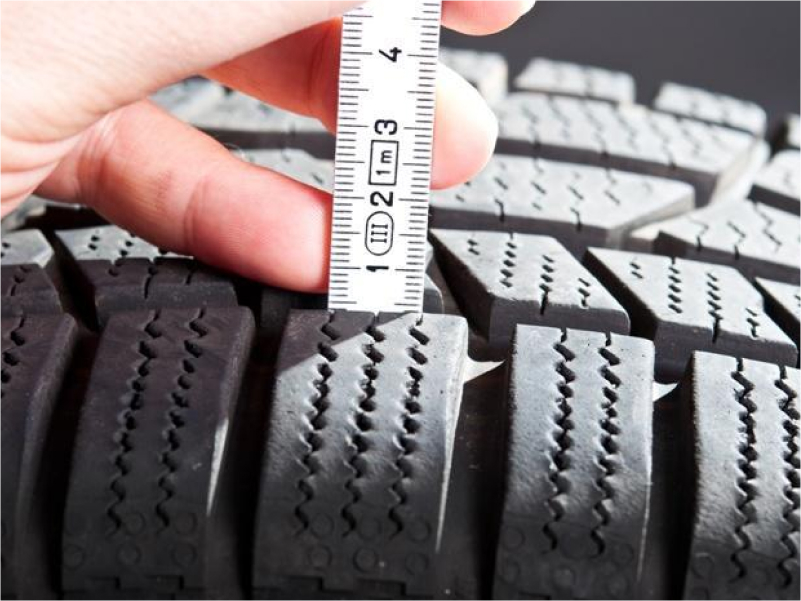
All Season Tires: Typically covers a range of about 40,000 to 70,000 miles.
Summer Tires: Typically have a lifespan of around 30,000 to 50,000 miles. This is again subject to usage and conditions.
Winter tires: These usually last from 20,000 to 40,000 miles as they are made from softer compounds and better grip in cold temperatures.
Indicators for Replacing Tires
Don’t forget to check tire wears. Since there would be indicators that recommend replacement, look for the following hints:
Tread Depth: Penny test: Insert a penny into the tread; if you can see the whole head of Lincoln, it’s time to get the tire replaced.
Uneven Wear: Look out for uneven wear patterns, which is usually an alignment or improper inflation.
Cracks or Bulges: Look for visible cracks and bulges in the sidewalls that could damage the tire integrity.
Vibration or Noise: Vibrations or noises while traveling are dangers that can indicate precise problems with your tire and should be handled immediately.
Tips to Extend Tire Lifespan
1. Check tire pressure regularly
Tires should have the appropriate pressure for health. Under-inflated tires depreciate more rapidly as well as consume lots of fuel, while over-inflated tires lead to blowouts. Check your tire pressure at least once a month and before you make that long trip, remembering that you are supposed to adhere to the recommended pressure by the tire manufacturer, which is usually found in the owner’s manual or on a sticker inside the driver’s door.
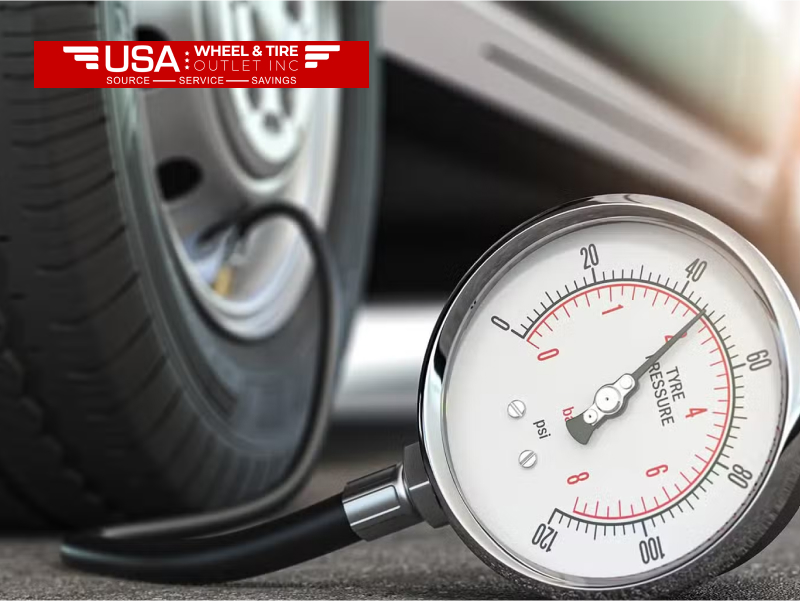
2. Rotate Your Tires
Rotation of tires helps in even wear for all tires. Generally, the rotation for tires should be made at an interval of 5,000 up to 7,500 miles, but your vehicle manufacturer may have specific recommendations on the best mileage period for rotation. Rotation can significantly make a difference in the life of a tire.
3. Maintain Alignment of Tires
Even tread wear and proper contact with the road will be experienced because the wheels will be properly aligned. Unaligned wheels lead to tires that are wearing unevenly and reduce your car’s handling. When you feel your car is pulling to one side or the steering wheel has gone out of position, then it’s time to have an alignment check.
4. Balance Your Tires
Balancing your tires helps to prevent uneven wear and vibrations during driving. Unbalanced tires wear more quickly and could result in poor handling when driving. Have your tires balanced when getting new tires or when you find your vehicle vibrates while still operating.
5. Avoid Heavy Loads
Too much weight wears on the tires and decreases gas mileage. Be sure to always check the load your vehicle can carry and not overload it, especially while traveling long distances.
6. Drive Smoothly
Further extend the life of your tires by adopting a more relaxed driving style and avoid sudden accelerations, hard braking, and sharp turns. Smooth driving reduces stress on tires and promotes even wear.
7. Store Tires Properly
When you switch seasonal tires make sure that they are properly stored. Keep them in a cool, dry place away from direct sunlight as well as temperature extremes. Avoid stacking them laterally since it can distort their shapes.
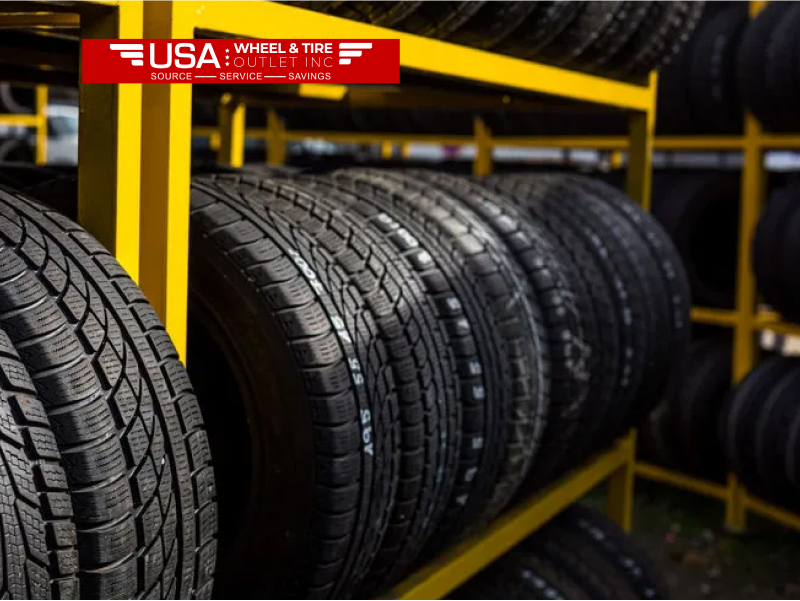
Conclusion
Knowing how long your tires last and how to have them last longer definitely spells out one big difference for any motorist. Maintaining your tire regularly, responsible driving, and often timely replacement will result in the longest tire life. That means you will enjoy performance together with improved safety while saving you money down the line. It takes good care of your tire, mile by mile, resulting in a smoother ride and a safe drive. So, keep an eye on your tires and enjoy the journey ahead!
Read Also: How to Read a Tire Sidewall: A Step-by-Step Guide for All Drivers
FAQs About Tire Lifespan
1. How long do tires usually last?
Most tires have a life of 25,000 to 70,000 miles, which depends on the category, its usage, and driving conditions. All-season tires are the longest, but the shortest is the winter tire.
2. How can I know whether my tires need to be replaced?
Check tread depth with penny test, Look for uneven wear, crack or bulge inspection, pay attention to all unusual noises or vibration while riding.
3. How do I care for my tires?
Maintain a proper pressure of the tire, have your tires rotated after every 5000-7500 miles, proper alignment and balancing, don’t overload your vehicle.
4. Does driving style affect tires life?
Yes. Aggressive driving can accelerate tire wear by huge percentages. Smooth driving contributes to even tire wear and longer tire life.
5. How to store seasonal tires?
Store them in a cool, dry place away from direct sunlight and extreme temperatures. Stack them vertically when not in use so the wheels do not distort.

